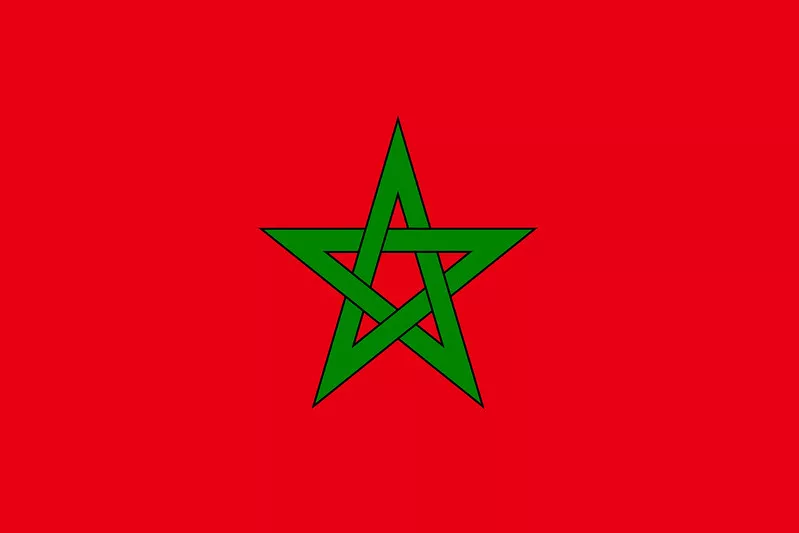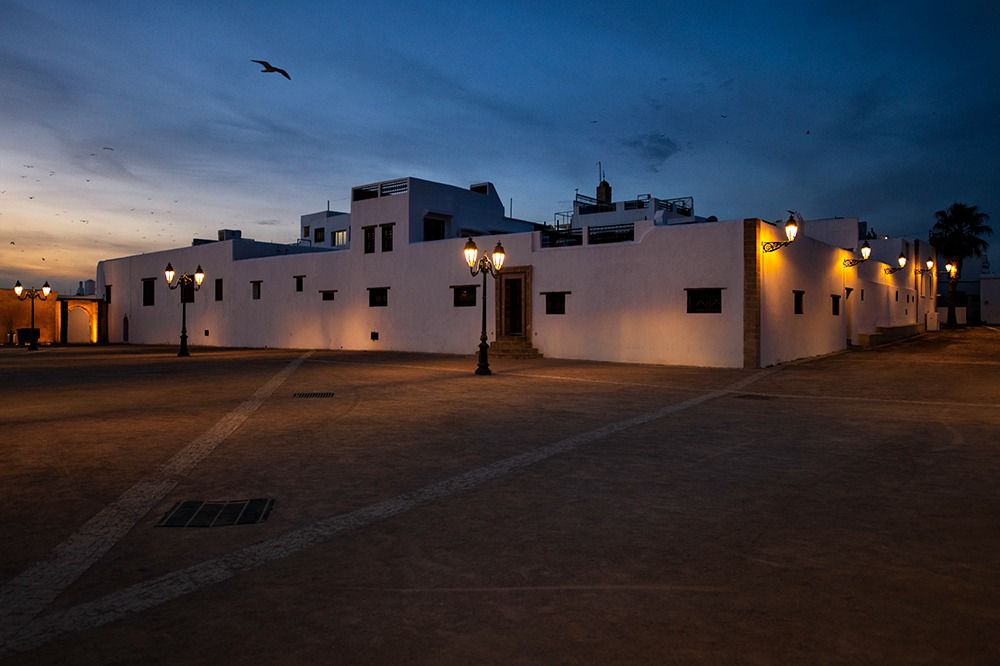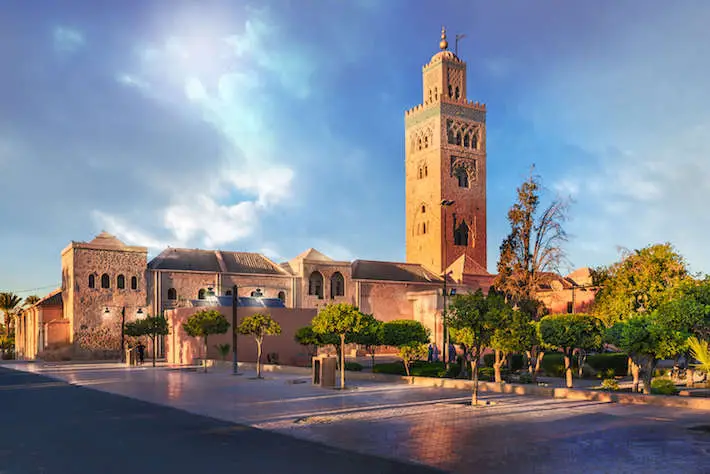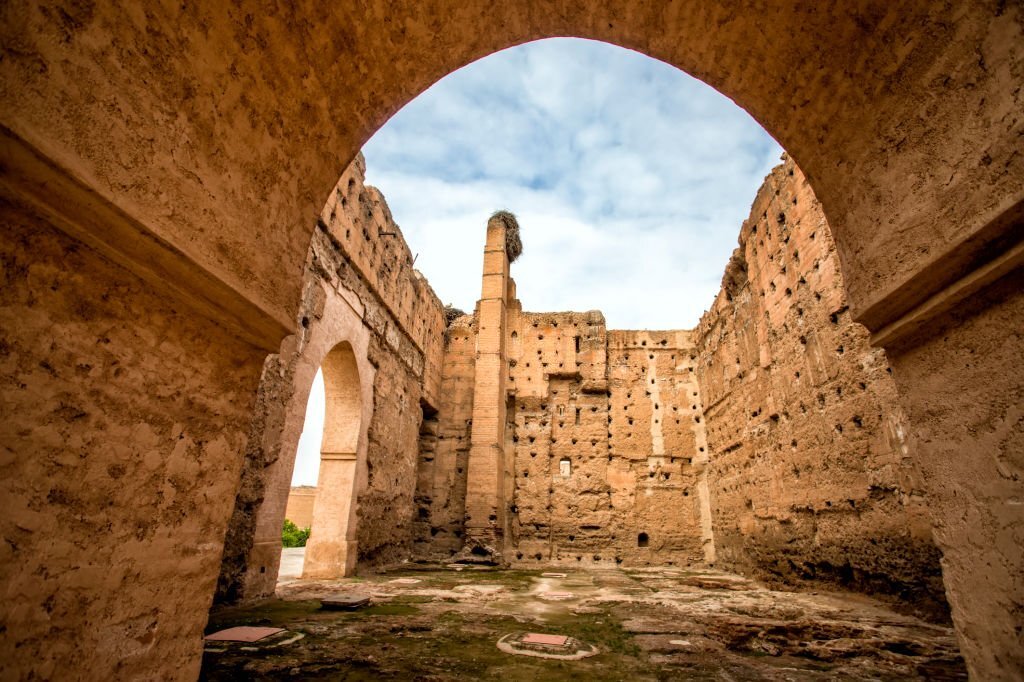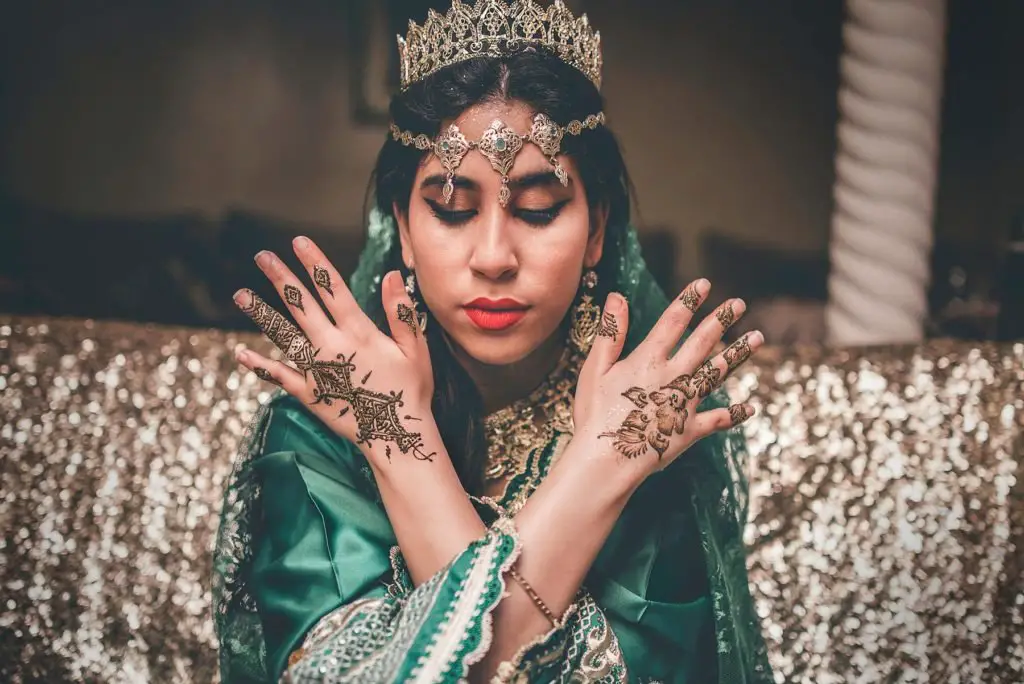Ultimate Guide to Private Morocco Tours: Everything You Need to Know in 2025
Discover the best private Morocco tours in 2025. Expert guide to custom itineraries, costs, and authentic experiences. Book your dream Morocco adventure today. Imagine wandering through ancient medinas with your personal Berber guide, sleeping under Sahara stars in your private desert camp, and exploring Morocco’s imperial cities at your own pace—this is the magic of private Morocco tours. Unlike crowded group tours that rush you from one tourist trap to another, a personalized Morocco adventure allows you to dive deep into the kingdom’s rich culture, stunning landscapes, and warm hospitality. Whether you’re dreaming of camel trekking across golden dunes, getting lost in the colorful souks of Marrakech, or learning traditional tagine recipes from local families, custom Morocco tours offer the flexibility and authenticity that transforms a simple vacation into a life-changing journey. With Morocco welcoming over 13 million visitors annually, choosing the right Morocco private tour guide and operator has never been more crucial for ensuring an unforgettable experience. This comprehensive guide reveals everything you need to know about planning your perfect private Morocco tour in 2025, from understanding what makes these experiences special to choosing the right operator, planning your itinerary, and preparing for your adventure. By the end of this guide, you’ll have all the insider knowledge needed to book a Morocco tour that exceeds your wildest expectations. What Makes Private Morocco Tours Special? Private Morocco tours represent the pinnacle of personalized travel, offering experiences that simply can’t be matched by standard group tours or independent travel. Here’s what sets them apart and why discerning travelers consistently choose private guided experiences over alternatives. Personalized Itineraries vs. Group Tours The most significant advantage of custom Morocco tours is the complete flexibility to craft your journey around your interests, pace, and preferences. While group tours follow rigid schedules and visit the same overcrowded attractions, private tours adapt to you. Flexibility that group tours can’t match: Focus on your unique interests: Skip the crowds and tourist traps: Your Morocco private tour guide knows hidden gems that tour buses can’t access. Instead of fighting crowds at the famous Jemaa el-Fnaa square during peak hours, you’ll visit during magical early morning moments when locals are just starting their day. Expert Local Guides and Cultural Immersion The heart of any exceptional private Morocco tour is your guide—a licensed, English-speaking local expert who becomes your cultural bridge, storyteller, and friend throughout your journey. Licensed, multilingual Berber guides: All reputable Morocco tour operators employ government-licensed guides with deep cultural knowledge and language skills. Many are native Berbers who can share stories passed down through generations, offering insights you’ll never find in guidebooks. Access to hidden gems only locals know: Cultural insights beyond surface-level tourism: Your guide doesn’t just show you what to see—they explain the why behind everything. Learn about the significance of geometric patterns in Islamic art, understand the social dynamics of Berber communities, and discover how Morocco’s complex history shaped its unique culture. Comfort and Convenience Benefits Private Morocco tours eliminate the stress and discomfort that often plague group travel, allowing you to focus entirely on enjoying your experience. Private air-conditioned vehicles: Travel in comfort in modern, well-maintained vehicles appropriate for your group size. From luxury SUVs for couples to spacious minibuses for families, your transportation is clean, comfortable, and equipped with Wi-Fi and charging ports. Handpicked accommodations: Your operator pre-selects and books accommodations that match your preferences and budget, from authentic riads in ancient medinas to luxury desert camps with en-suite bathrooms and gourmet dining. 24/7 support throughout your journey: Unlike group tours where you’re on your own during free time, private Morocco tour operators provide round-the-clock support. Whether you need medical assistance, want to modify your itinerary, or simply have questions, help is always available. No rushing to keep up with groups: Enjoy leisurely morning coffees, take time for shopping without pressure, and truly savor each moment of your journey without constantly checking your watch or hurrying to catch up with a group. Types of Private Morocco Tours Available Morocco’s diverse landscapes and rich cultural heritage support numerous types of private Morocco tours, each offering unique experiences tailored to different interests and travel styles. Desert Adventures and Sahara Experiences The Sahara Desert remains the crown jewel of Morocco tourism, and private desert tours offer unparalleled access to this magical landscape. Erg Chebbi vs. Erg Chigaga desert tours: Erg Chebbi (near Merzouga): Erg Chigaga (near M’Hamid El Ghizlane): Camel trekking and luxury desert camps: Experience the timeless tradition of camel caravans with modern comfort. Private Morocco desert tours include options from basic Berber camps with shared facilities to ultra-luxury camps featuring: 4WD desert expeditions: For those preferring alternatives to camel trekking, modern 4WD vehicles access remote desert areas impossible to reach otherwise: Imperial Cities Cultural Tours Morocco’s four imperial cities represent over 1,000 years of Islamic civilization and offer some of the world’s most impressive historical and architectural treasures. Fes, Meknes, Rabat, and Marrakech circuits: Each imperial city possesses its own character and highlights: Fes: Morocco’s spiritual and intellectual capital Meknes: The “Versailles of Morocco” Rabat: Morocco’s political capital Marrakech: The “Red City” and tourist hub UNESCO World Heritage site visits: Private Morocco tours provide exclusive access and expert interpretation of nine UNESCO sites: Traditional crafts workshops: Unlike group tours that stop at tourist shops, private Morocco cultural tours include authentic artisan experiences: Atlas Mountains and Adventure Tours The Atlas Mountains stretch across Morocco, offering spectacular landscapes and authentic Berber cultural experiences often missed by coastal travelers. High Atlas trekking experiences: Private Atlas Mountain tours range from gentle day hikes to challenging multi-day expeditions: Berber village visits: Experience authentic mountain culture in villages where traditional ways of life continue unchanged: Morocco’s 1,835-kilometer coastline offers diverse experiences from medieval Portuguese fortifications to world-class surfing beaches. Essaouira and Casablanca experiences: Essaouira: UNESCO-protected coastal gem Casablanca: Morocco’s economic capital Surfing and water sports: Morocco’s Atlantic coast offers excellent conditions for water sports enthusiasts: Planning Your Perfect Private Morocco Tour Successful private Morocco tours require careful
Ultimate Guide to Private Morocco Tours: Everything You Need to Know in 2025 Read More »


